BUP Interview with Ozlem Kurt

Balkan University Press is delighted to share an interview with Ozlem Kurt, one of the co-authors of the forthcoming BUP publication titled "Active Learning in Higher Education".
Please tell us more about yourself, your co-authors, and your motivation for editing this book and writing a chapter.
We are a group of academics at the International Balkan University, working to enhance the quality of teaching and learning processes in our classes. I serve as the coordinator of the IBU Teaching and Learning Center and work as an Asst. Prof. in the Department of Turkish Language Teaching at the Faculty of Education. My colleagues, Asst. Prof. Dr. Marija Stevkovska and Assoc. Prof. Dr. Marijana Klemenchich are from the English Language Teaching Department and Assoc. Prof. Dr. Katerina Mitevska Petrusheva from the Psychology and Counseling Department. Together, we strive to implement innovative activities that promote greater student interaction in our classes, and we collaborated on this book.
In the Spring semester of the 2023-2024 Academic Year, we held a workshop consisting of three sessions with the theme of “Using Active Learning Strategies in Higher Education” as IBU TLC. The workshop series attracted attention with both intense interest and productive ideas. After the workshop, we thought that these ideas should not remain only momentary with the participants of the workshop, but should turn into a sustainable academic output. Thus, the idea of this book focused on active learning. This book, consisting of four different sections, represents the product of our common labor and our collective belief in teaching processes. In other words, this book is not an individual effort, but the product of the collective labor of four academics who want to make teaching and learning processes more effective. As faculty members, many dynamics we observe in the classroom show that especially traditional teaching methods are inadequate to reach today's students. Based on this observation, we set out with the motivation to produce a practical resource that brings together both the theoretical basis of the active learning approach and examples of its application.
The book emphasizes that active learning shifts the focus from the instructor to the student. How do you see this shift transforming the role of the university teacher in the next decade?
We live in an era where access to information is becoming easier and technology is developing at a dizzying pace. Students can now access the information they want in a matter of seconds. This situation seriously questions the sustainability of the traditional “information transmitter” role of academics. In my opinion, one of the most fundamental roles of academics in the future of university education will be to be “learning facilitators” who direct students’ learning processes, guide them, and motivate them to think, rather than providing information. Being an academic in such a period requires much more pedagogical flexibility and technological awareness compared to the past. Rather than transferring information, it is necessary to be a guide who facilitates the construction of information and actively includes the student in the learning process. In this context, one of the most fundamental steps to ensure the sustainability of academia is to shift the focus of learning from the instructor to the student.
Based on this, it is possible to say that active learning has radically changed the position of the faculty member in the classroom. In the next years, faculty members will take on more active roles by asking more questions, increase student participation, establish collaborative learning environments, design technology-supported content, and encourage critical thinking. Shifting the focus to the student is not only a pedagogical choice but also a strategic step that must be taken in order for higher education to maintain its existence and meaning. The future of education will be shaped in the hands of faculty members who guide, direct, and encourage students to discover their learning paths.
The foreword mentions that student demographics and attention spans are changing. How did these trends influence the strategies and examples you included in the book?
Today's students are individuals who have grown up intertwined with digital technologies, can access information quickly, but their attention span has shortened significantly. This new student profile makes traditional long-form lecture structures unsustainable. At the same time, students no longer only want to acquire information, but also actively participate in the process, produce, and learn through their own experiences. These changing demographics and cognitive structure have directly affected the design of the strategies we have included in the book.
The strategies we have included in the book, such as tools such as Think-Pair-Share, Jigsaw, and Quizlet, and interactive techniques such as Role-play, have been structured to keep the students' interest dynamic and to not only acquire information but also process and apply it. In addition, the strategies have been diversified to consider students with different learning styles.
The diversity in student demographics (cultural backgrounds, learning preferences, levels of aptitude for technology) and the decrease in attention spans lead us to develop short, focused, multi-sensory techniques that prioritize student participation. For example, even a 3-minute Brainstorming session can renew the student's attention to the lesson, while group collaboration can reinforce learning. In this context, the book is not only a compilation of teaching methods; it also offers a perspective on the expectations and needs of the new generation of students.
Many educators still rely on traditional teaching due to institutional inertia. What practical advice does your book offer to instructors who want to integrate active learning but feel limited by existing infrastructure or time constraints?
Transformation in education requires not only individual but also collective effort. However, it should also be acknowledged that not every faculty member can keep up with this transformation at the same speed or ease. Factors such as time constraints, course load, and class size, in particular push many academics to stick to traditional methods.
Based on this reality, the book offers simple but effective suggestions for those who want to integrate active learning into their classes but “can’t decide where to start” or who think that “the classroom environment is not sufficient”. For example, it is possible to make a significant difference even with a small change in the classroom. Even an activity that lasts only 5–7 minutes, such as the Think-Pair-Share technique, can significantly increase class participation. Or, a short reflective question asked to students at the end of the lesson (“What was the idea that affected you the most from what you learned today?”) allows the student to both think and will form a personal connection to lesson.
In addition, the book contains examples that show that high-tech classrooms or complex applications are not needed for active learning. Taking small steps can gradually lead to a significant transformation in the teaching approach. The greatest support of faculty members is collegiality and sharing of good examples. This is exactly what this book aims to do: small steps can lead to big transformations.
Technology is presented as both a challenge and an opportunity. Could you share one example from the book where digital tools significantly enhanced active learning in the classroom?
Technology in education can transformatively support active learning when used correctly. However, technology should not be a solution on its own, but a tool used to achieve pedagogical goals. The book also adopts this approach and presents several examples that increase student participation and interaction with digital tools.
Nearpod, one of these tools, is a platform that can be directly integrated into active learning processes. For example, during a traditional lecture presentation, a short thinking question (“How can this concept be related to a problem in our daily lives?”) can be added to the presentation via Nearpod, and students can answer this question online. It can be used as a facilitating tool, especially for shy, introverted and non-talking students, to express their ideas. This makes not only participation but also the student’s current cognitive process visible.
In addition, an interactive game or mini-quiz can be added to the presentation at the end of the lecture to reinforce a concept related to the subject. This provides both an entertaining conclusion and provides instant feedback to the instructor. In such applications, students become active participants who interact with the content, not passive listeners.
Such examples highlight that technology is not only digital but also a matter of pedagogical design; therefore, it must be integrated consciously and creatively into the teaching process.
The book highlights the development of metacognitive and lifelong learning skills. What signs should instructors look for to know that their students are truly engaging in this deeper learning process?
Metacognitive awareness and lifelong learning skills require students to understand not only “what they are learning” but also “how they are learning.” In this context, faculty members can observe whether students are reaching deeper, more meaningful, and transferable knowledge rather than superficial knowledge. As emphasized in the book, instructors can look for some concrete signs that this process is working:
- Students can talk about their own learning process: For example, statements such as “The most difficult part of learning this topic was this, but I found a solution like this” are indicators of metacognitive awareness.
- Change in questioning style: Students who engage in deep learning begin to ask higher-level questions such as “why is this?” and “how else could it be?” instead of just “what is this?”
- Reflective journals, learning portfolios, and self-assessment forms: These tools encourage students to both document and question their learning process.
- Relating to real life: When students relate what they are learning to their own experiences, current events, or different disciplines, it shows that the knowledge has been internalized and a step has been taken toward lifelong learning.
As a result, the signs that students are deeply engaged in the learning process are not only in their exam results, but also in their attitudes toward the course, their reflections on the learning process, and their problem-solving skills. The instructor must actively monitor these signs and keep the feedback loop alive.
With the growing presence of AI tools in education, how do you see artificial intelligence enhancing—or potentially complicating—the implementation of active learning strategies in higher education?
AI tools have the potential to enrich active learning processes in higher education, but they also carry the risk of superficialization. This dual situation is directly related to how, for what purpose, and in line with which pedagogical principles AI is used. On the positive side, AI offers opportunities for active learning. For example, it is possible to provide content tailored to students' individual needs. However, on the other hand, there are also risks such as these tools replacing the thinking process, reducing the student's cognitive effort, or encouraging superficial learning by providing ready-made answers. The students should be directed to use the AI not only as an "answer tool" but as a "thought-provoking tool". Similarly, faculty members should position artificial intelligence as a pedagogical design element and integrate it in a way that encourages critical thinking.
Ozlem Kurt is an Assistant Professor of Turkish Language Teaching at the TLT Department, Faculty of Education, International Balkan University in Skopje, North Macedonia. Professor Kurt is the Coordinator of the IBU Teaching and Learning Center. She has earned her PhD in Teaching Turkish as a Foreign Language at the Graduate School of Educational Sciences at Gazi University. Her research interests include language education, particularly the teaching of the Turkish Language. She is actively involved in various research and academic studies focusing on innovative pedagogical approaches and digital tools in language education.
Latest News
-
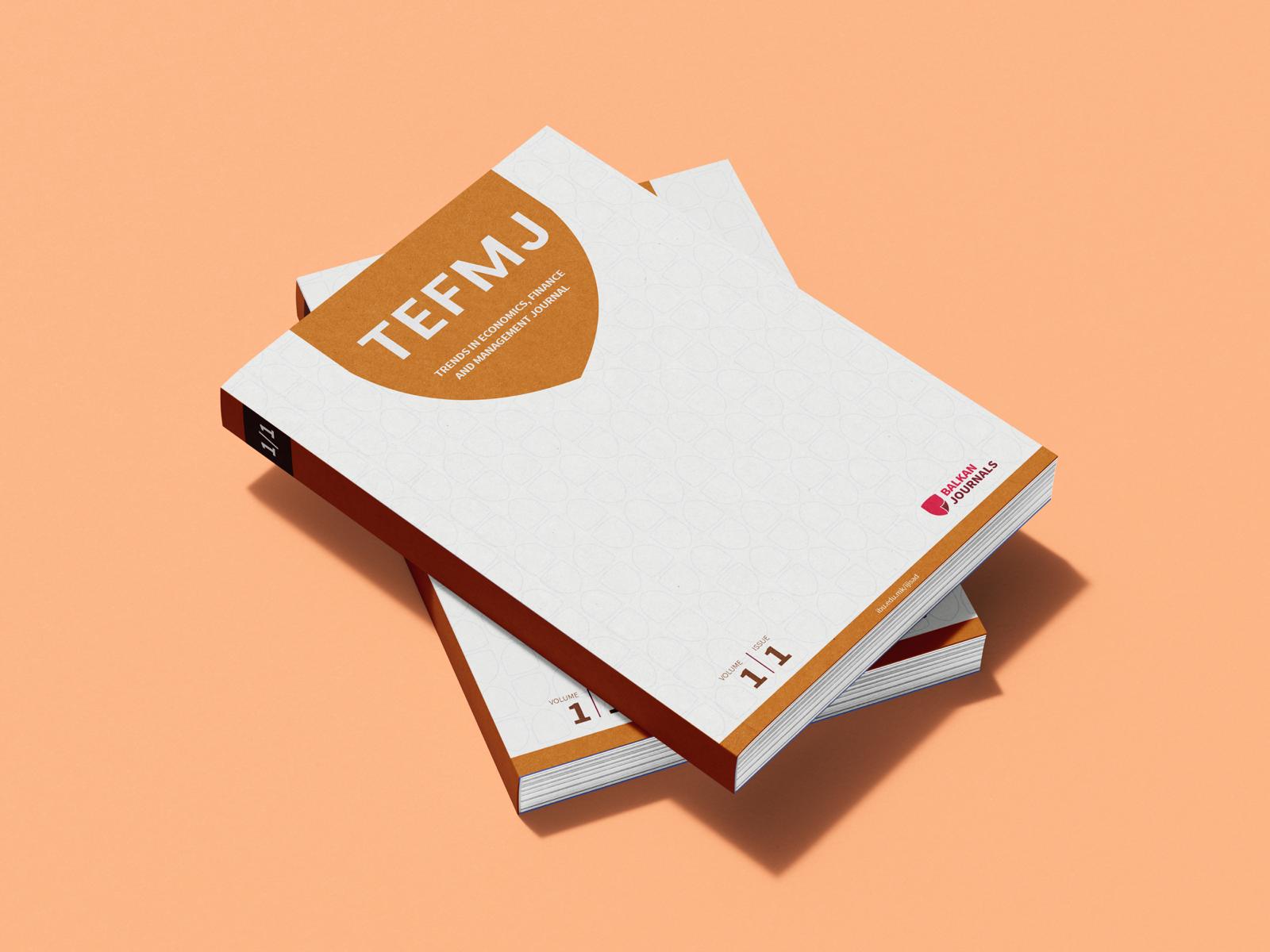
Opened call for the new issue of TEFMJ
Date: 10.02.2024 -
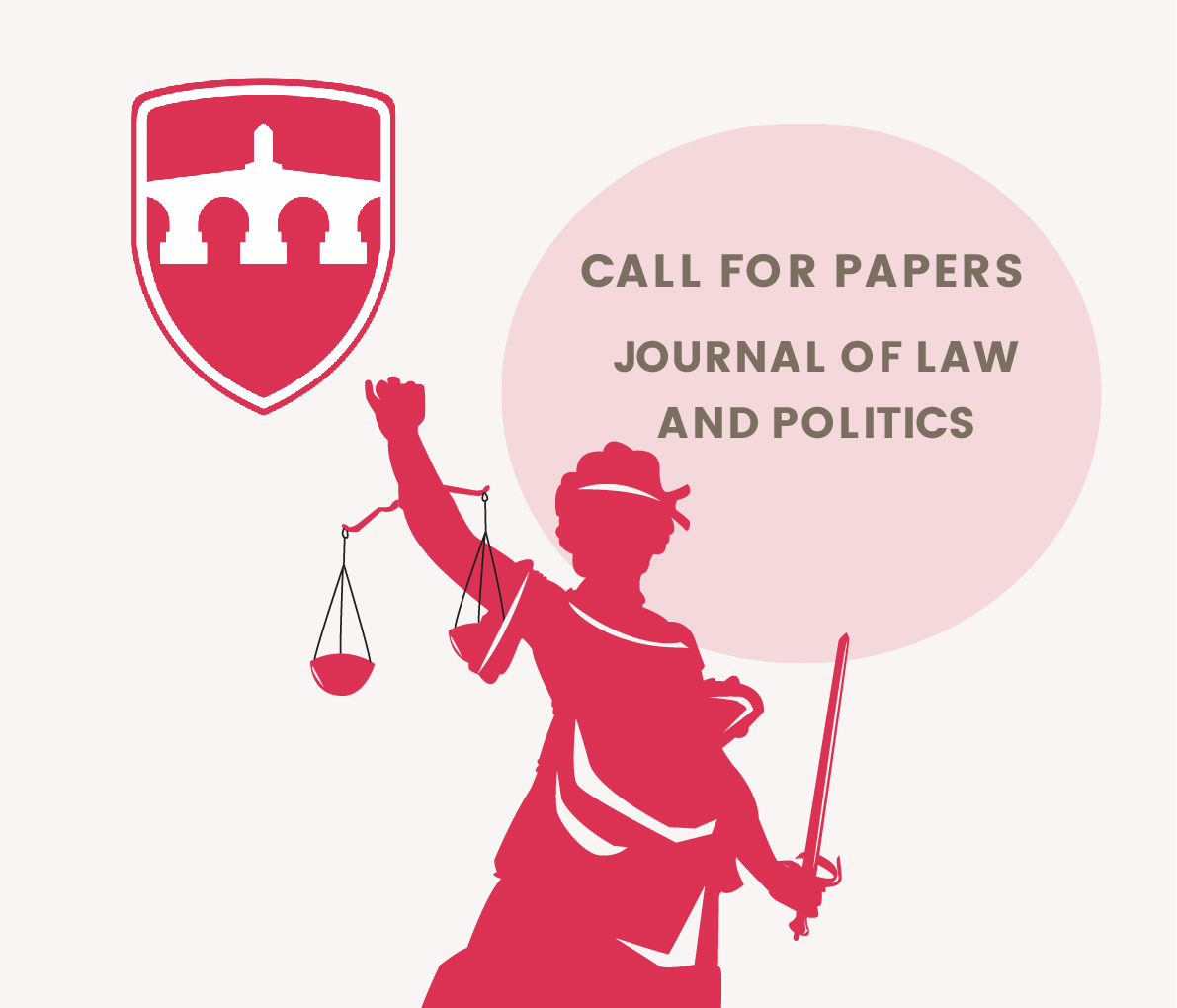
The Journal of Law and Politics welcomes your papers
Date: 10.02.2024 -
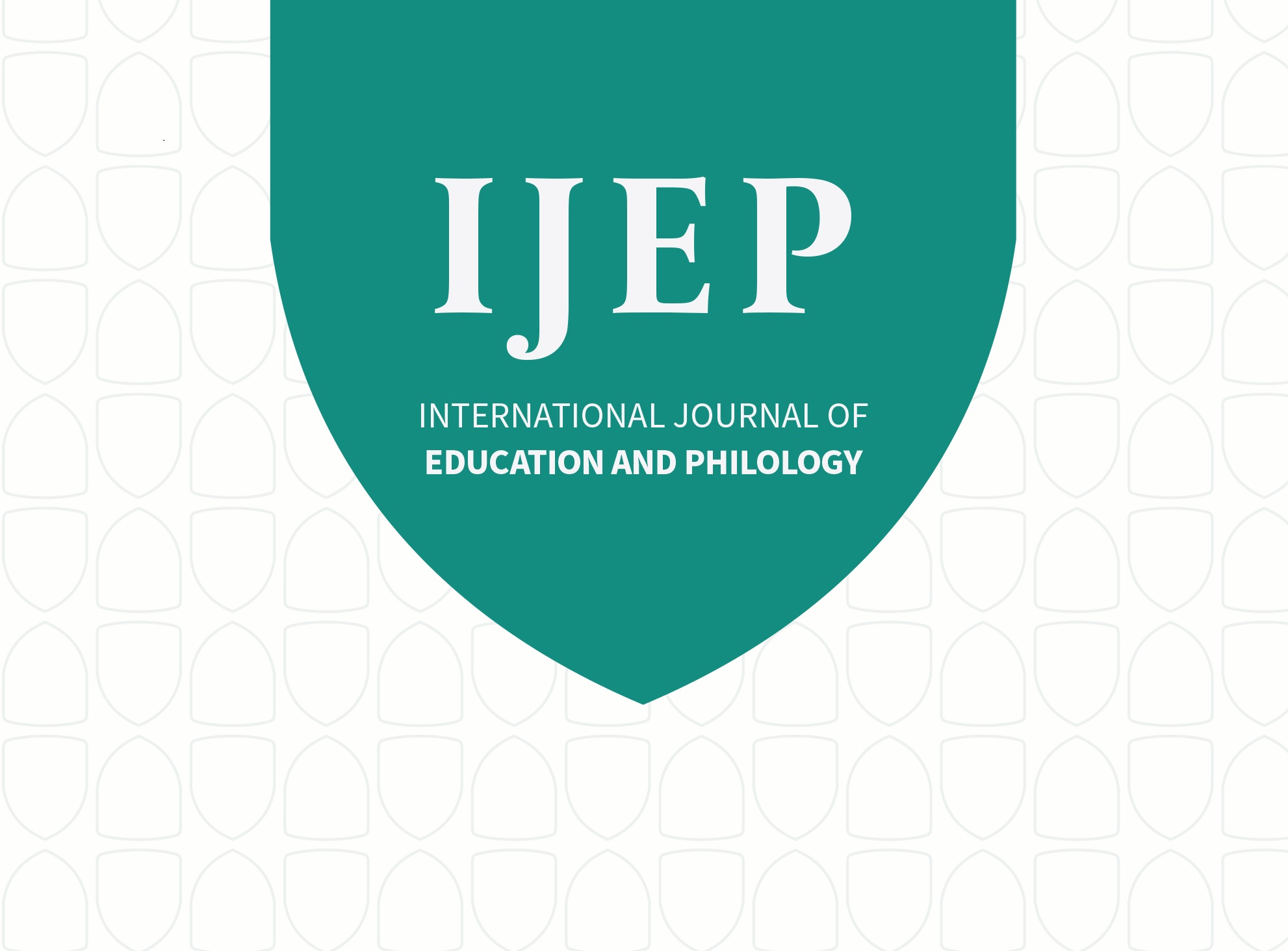
-

Call for Papers for an Edited Volume
Date: 27.05.2024 -

Open Call for Chapter Proposals
Date: 27.05.2024 -

The new issue of Journal of Law and Politics is here!
Date: 01.05.2024 -

TEFMJ June issue is published
Date: 01.07.2024 -

IJEP's Vol. 5, Issue 1 is now available!
Date: 02.07.2024 -

Vol. 4, Issue 1 - IJTNS
Date: 01.07.2024 -

The first IJAD volume is online!
Date: 02.07.2024 -

Balkan University Press Launches the Journal of Balkan Architecture
Date: 15.07.2024 -

-

Balkan Political Economy Series welcomes your proposals
Date: 18.07.2024 -
BUP Interview with Prof. Marija Miloshevska Janakieska
Date: 18.07.2024 -
BUP Interview with Asst. Prof. Dr. Ahmet Lökçe
Date: 24.07.2024 -

-
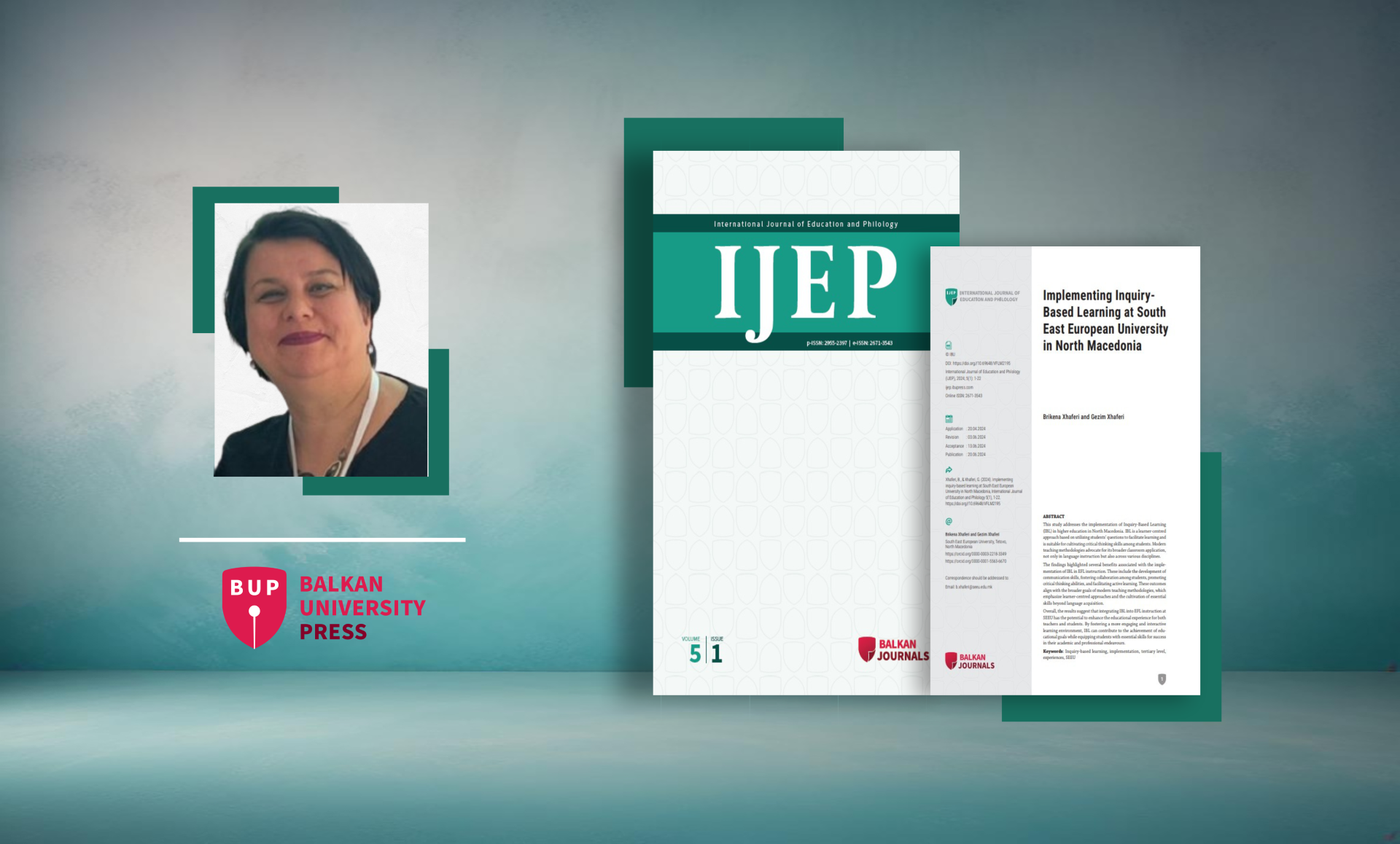
Prof. Xhaferi's blog for BUP
Date: 28.08.2024 -
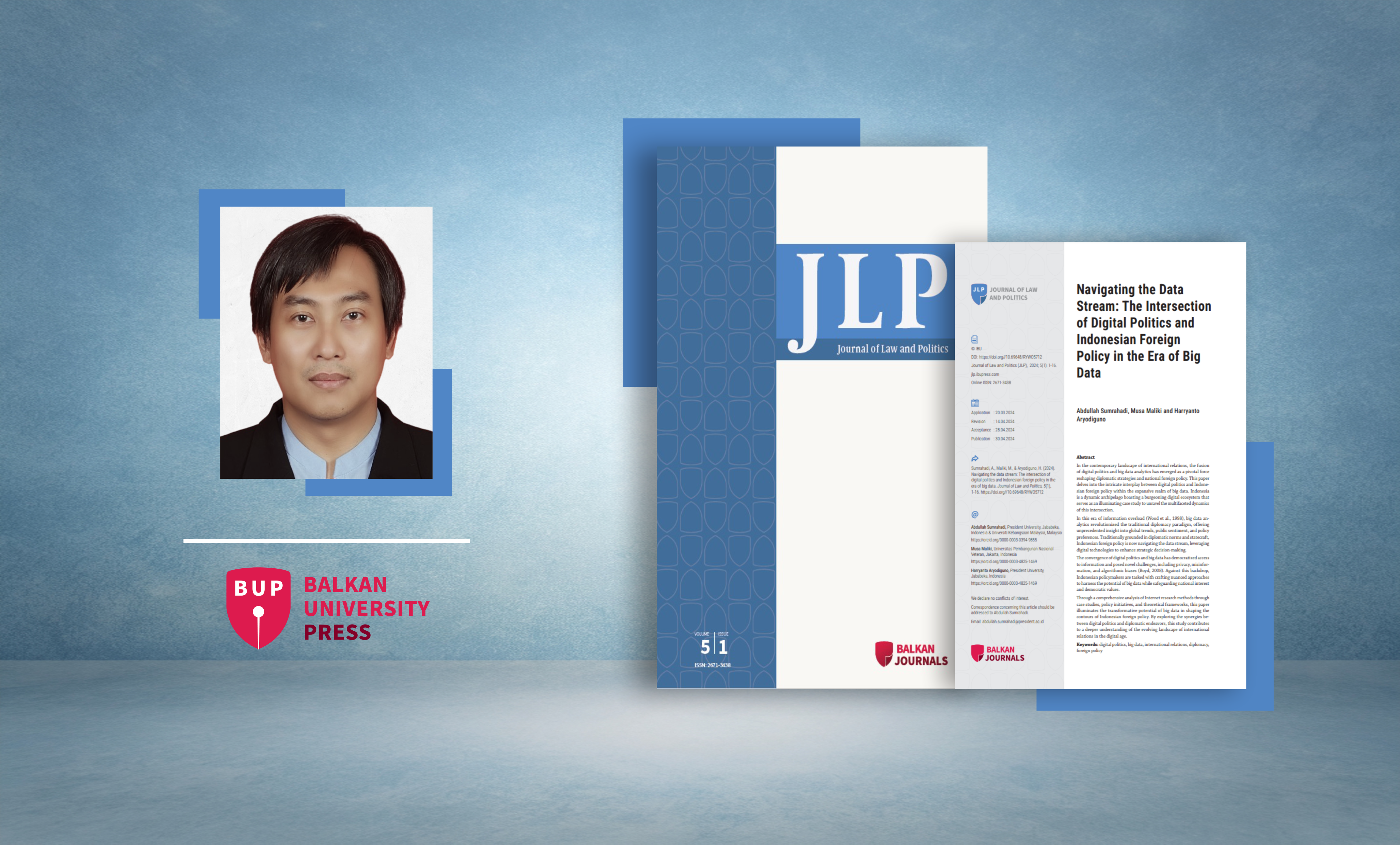
-
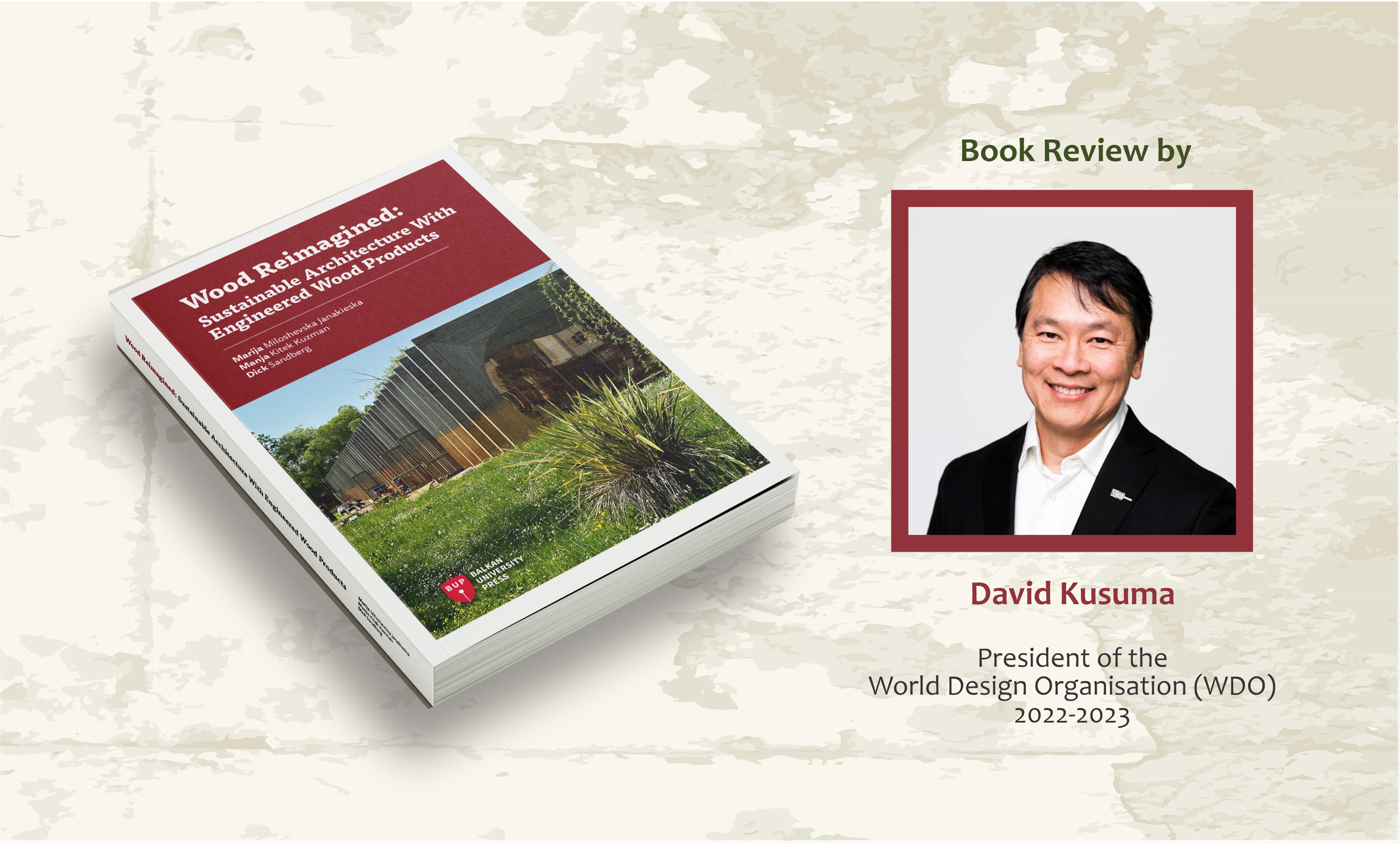
-

IJEP is now indexed in the Copernicus Journals Master List
Date: 23.09.2024 -
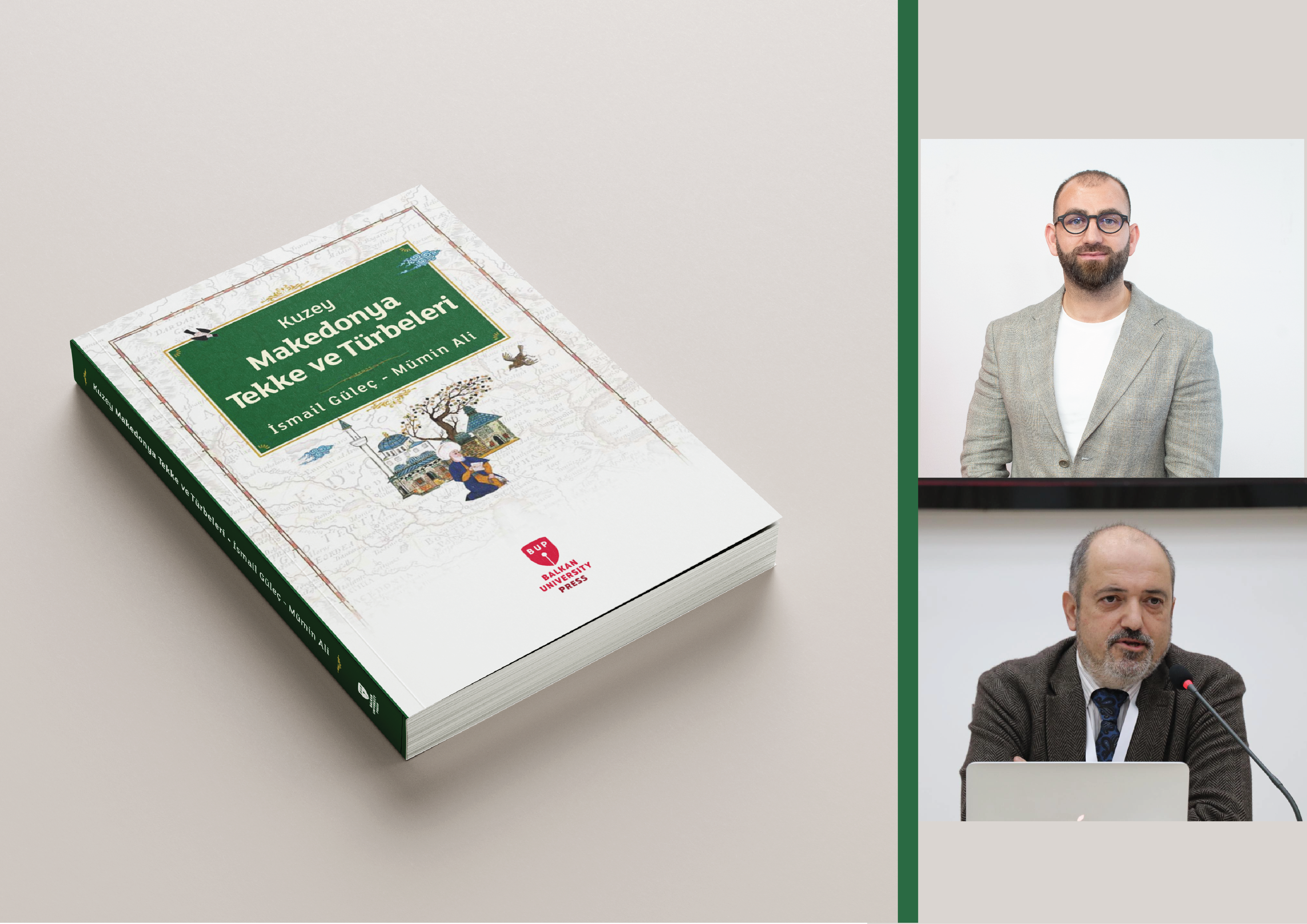
BUP INTERVIEW WITH PROF. ISMAIL GÜLEÇ AND ASST. PROF. MÜMIN ALI
Date: 26.09.2024 -
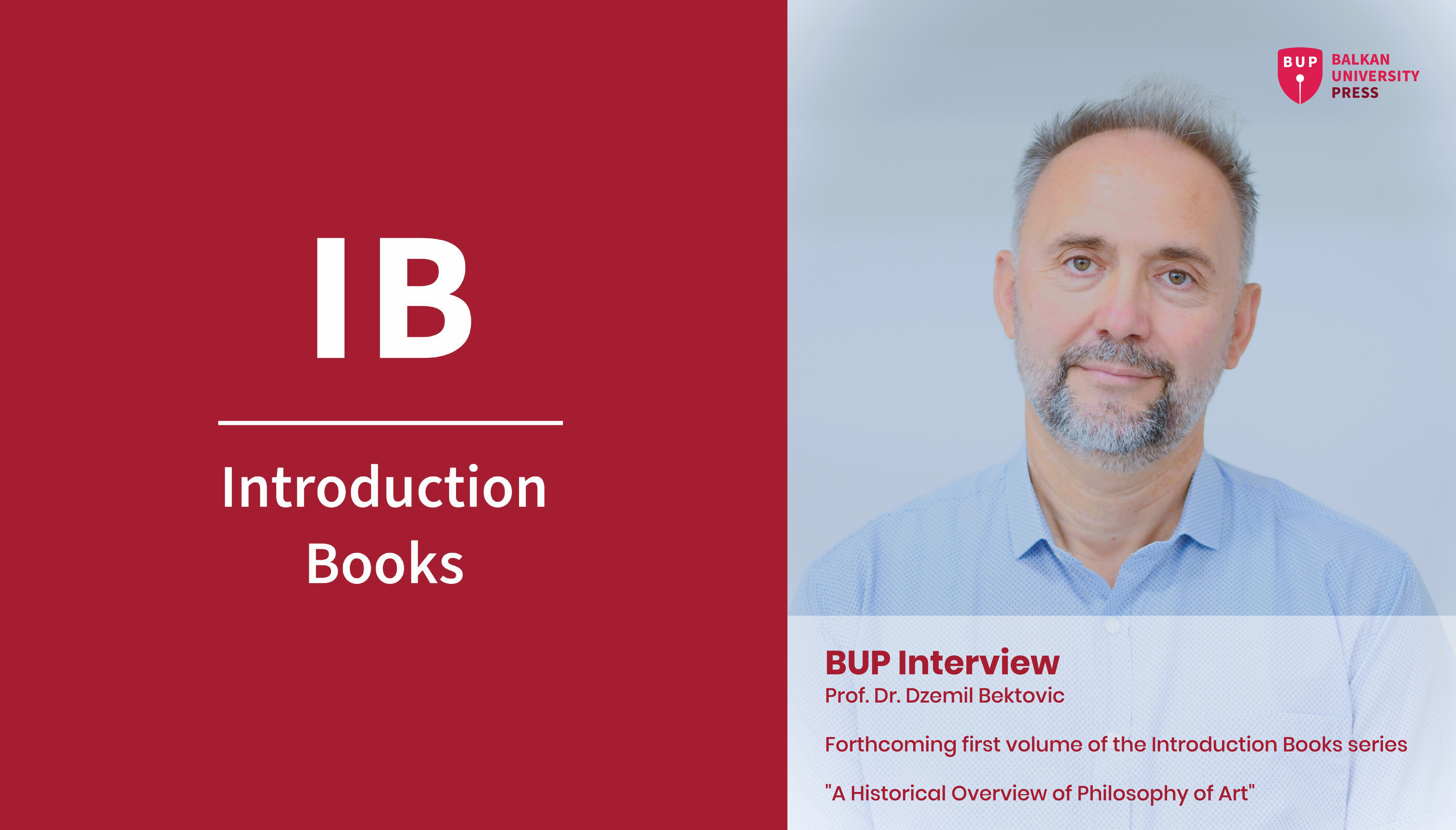
BUP Interview with Prof. Dzemil Bektovic
Date: 04.10.2024 -
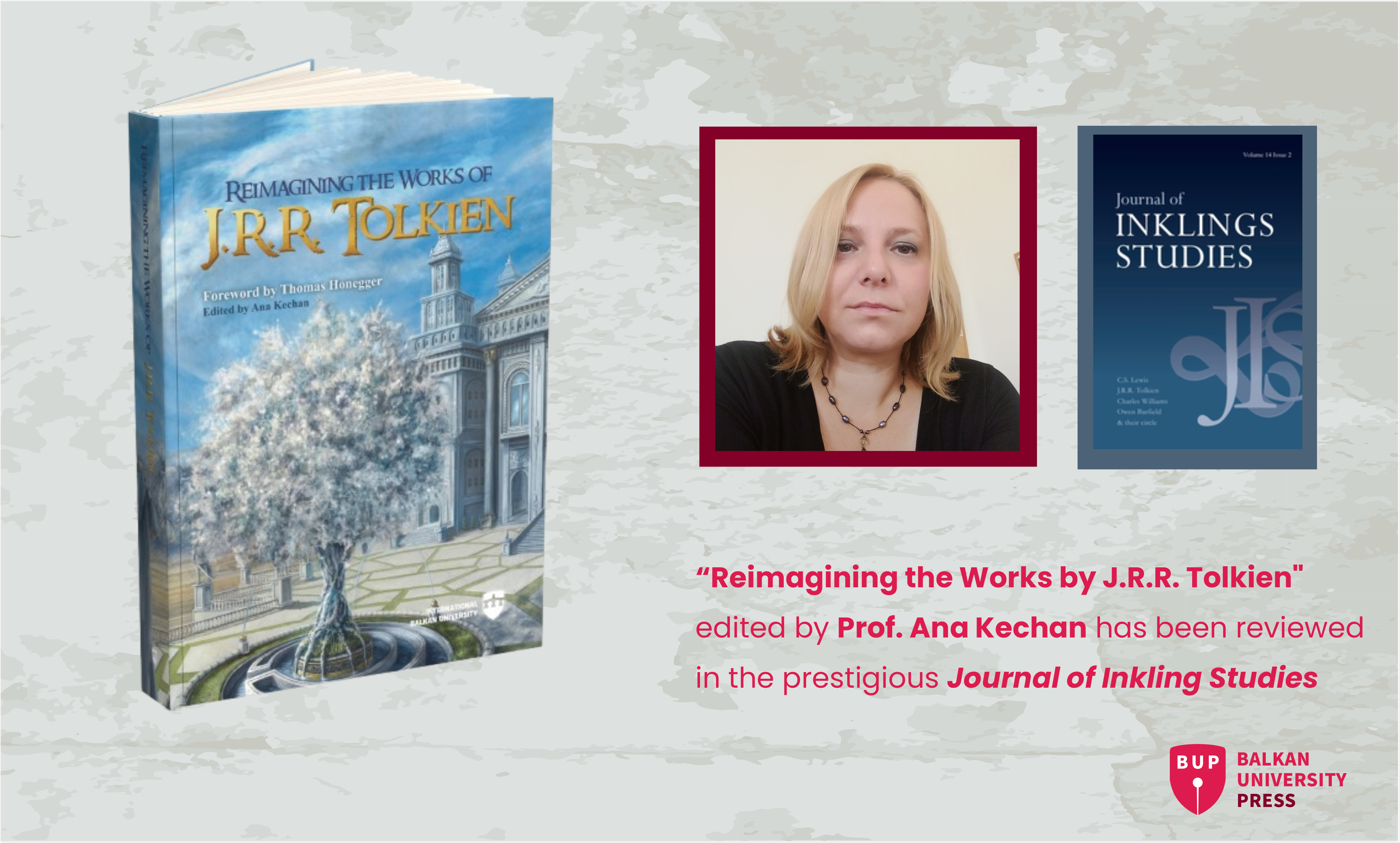
-
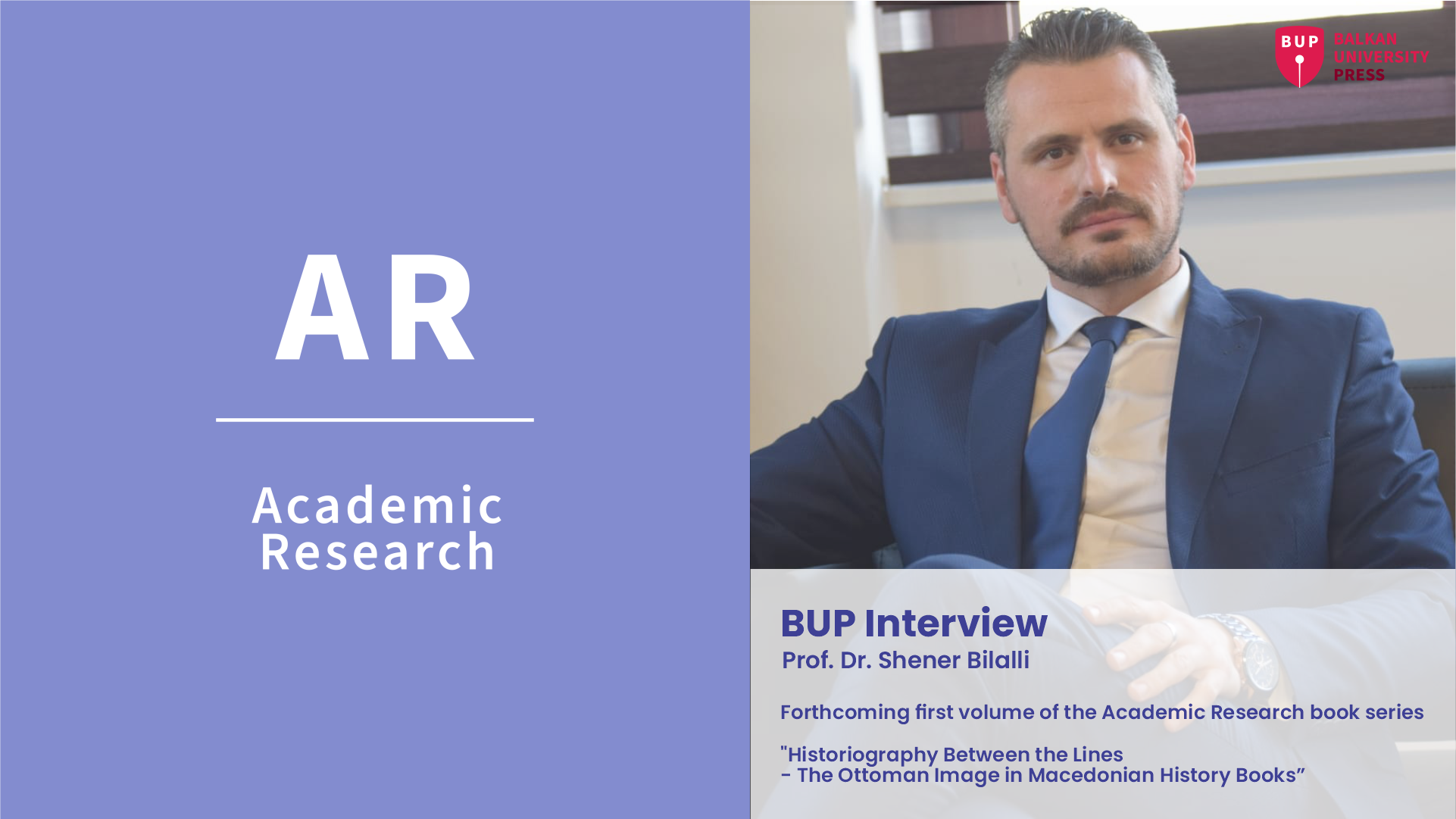
BUP Interview with Prof. Shener Bilalli
Date: 30.10.2024 -
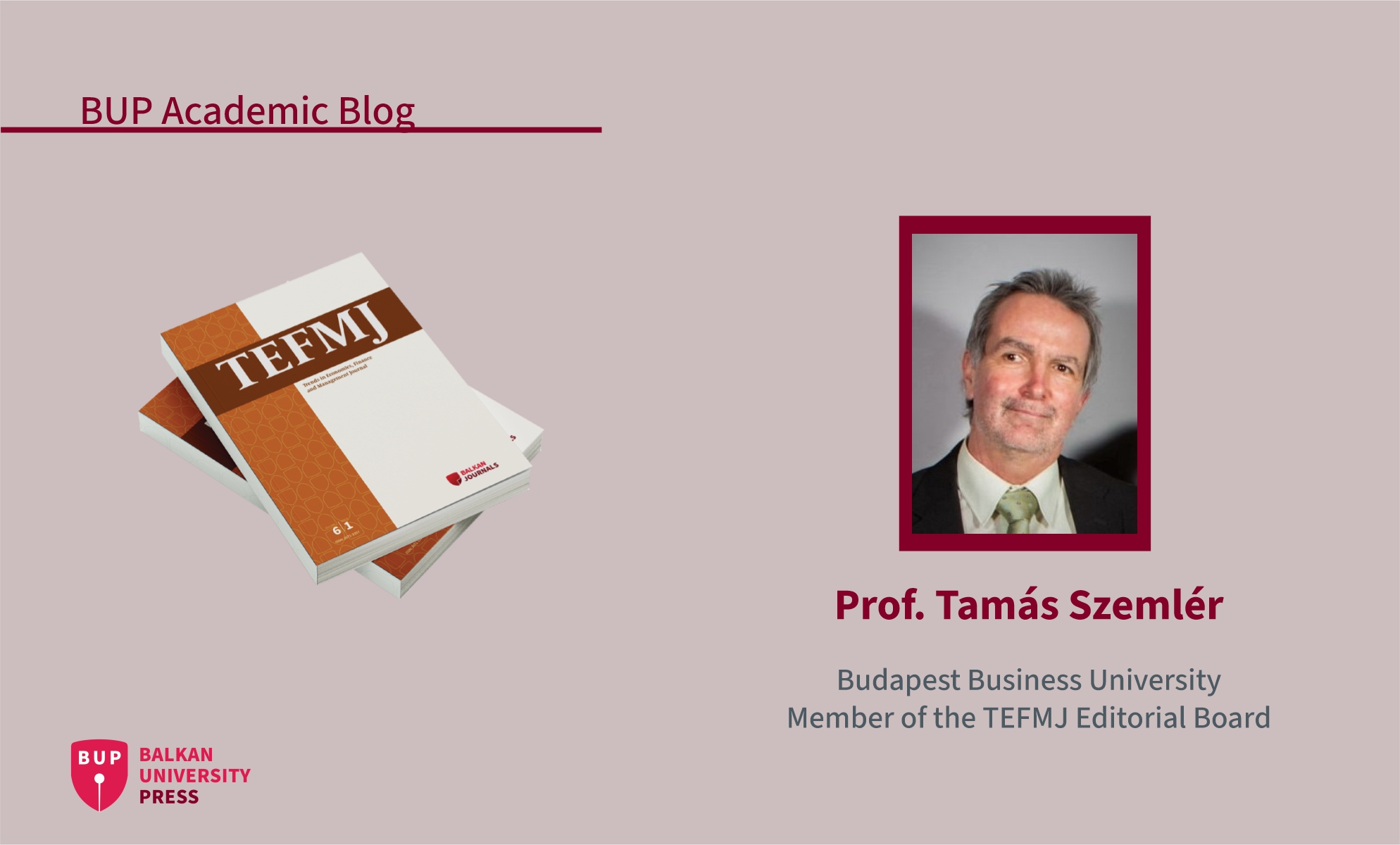
BUP Academic Blog with Prof. Tamás Szemlér
Date: 08.11.2024 -
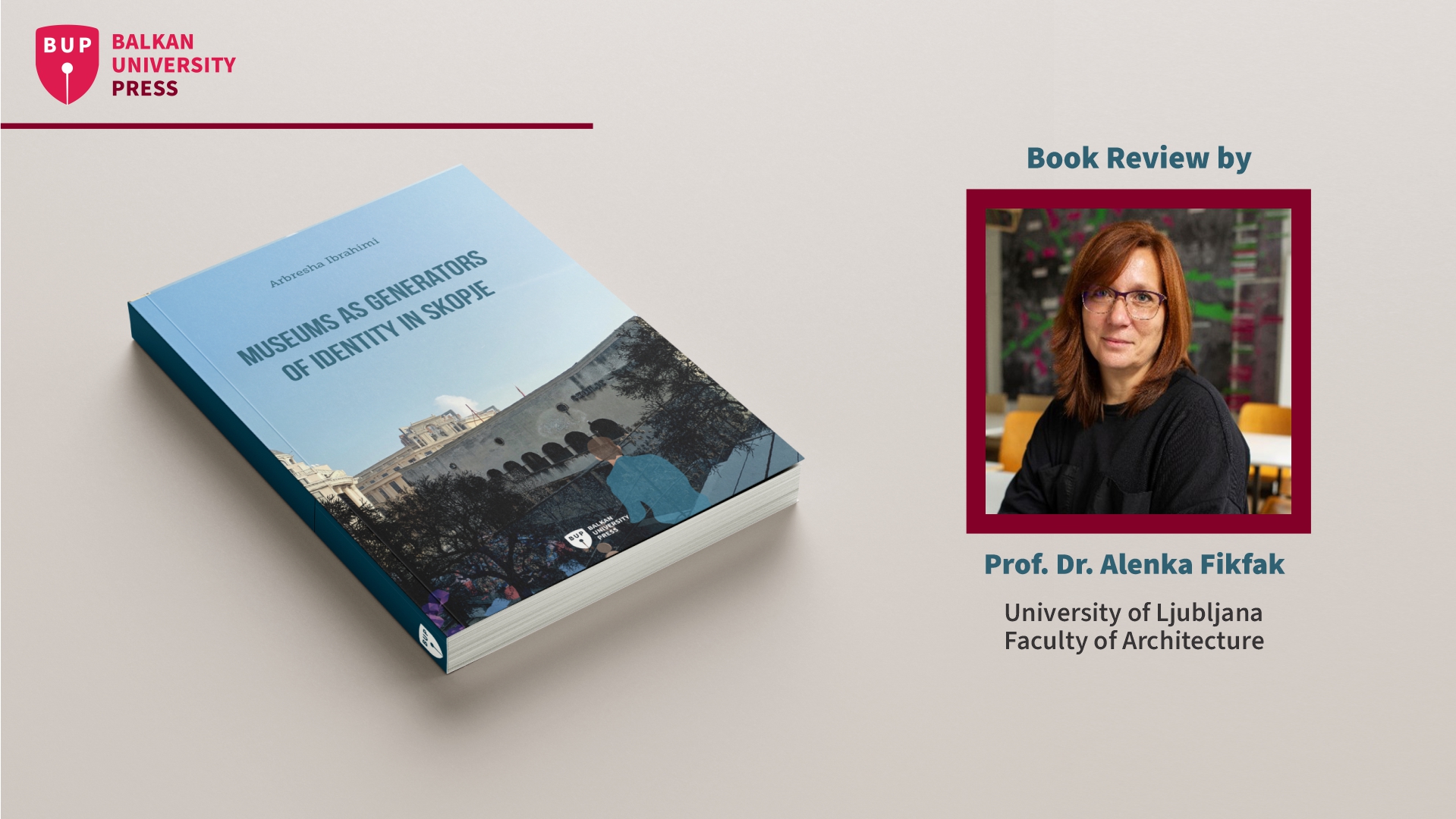
Book Review for "Museums as Generators of Identity in Skopje"
Date: 20.11.2024 -
BUP Interview with Arbresha Ibrahimi
Date: 25.11.2024 -

The first volume of Balkan Research Journal is here
Date: 02.12.2024 -
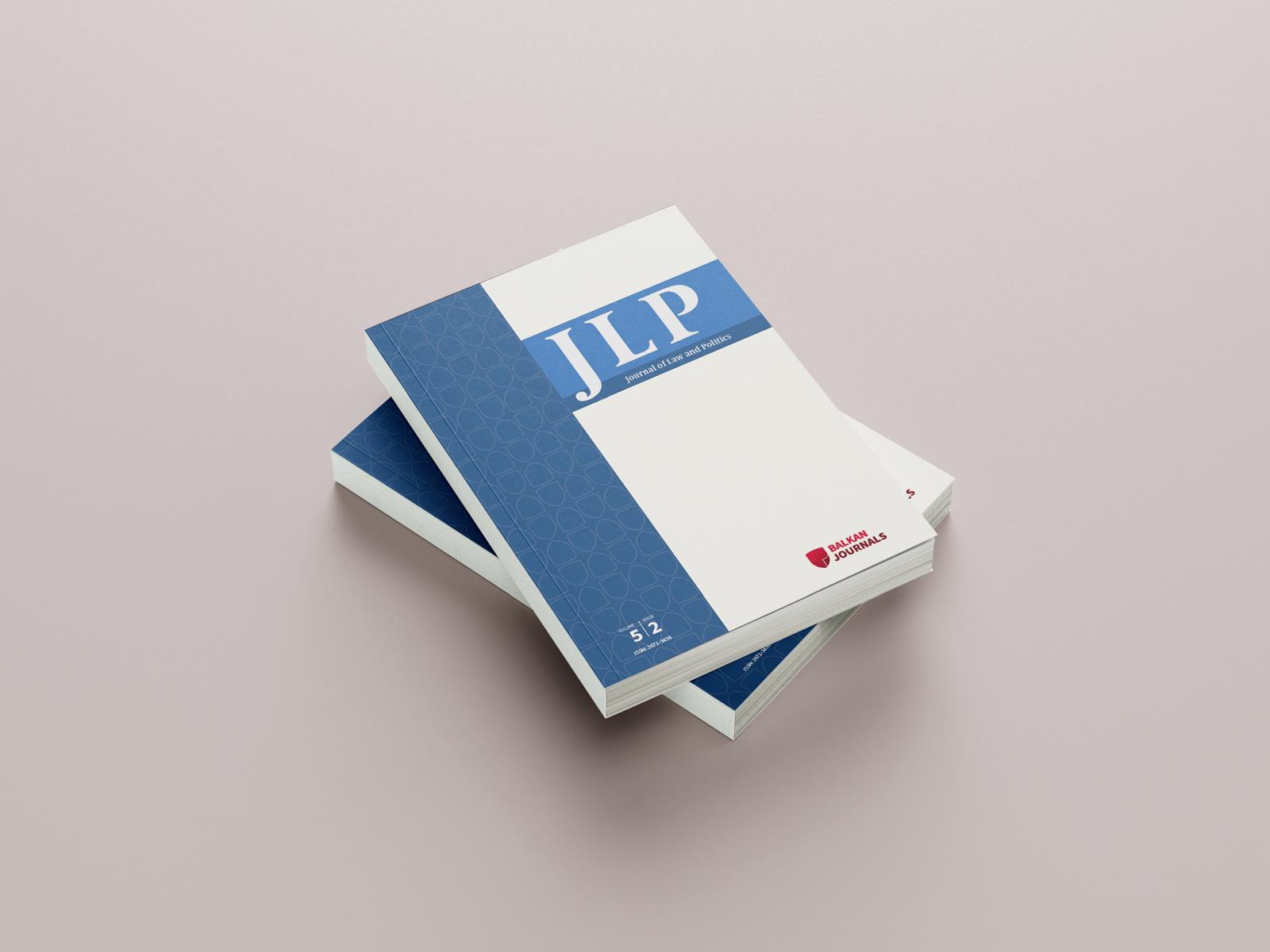
Volume 5, Issue 2 of the Journal of Law and Politics is published
Date: 31.10.2024 -

The inaugural issue of Journal of Balkan Architecture is published
Date: 29.11.2024 -
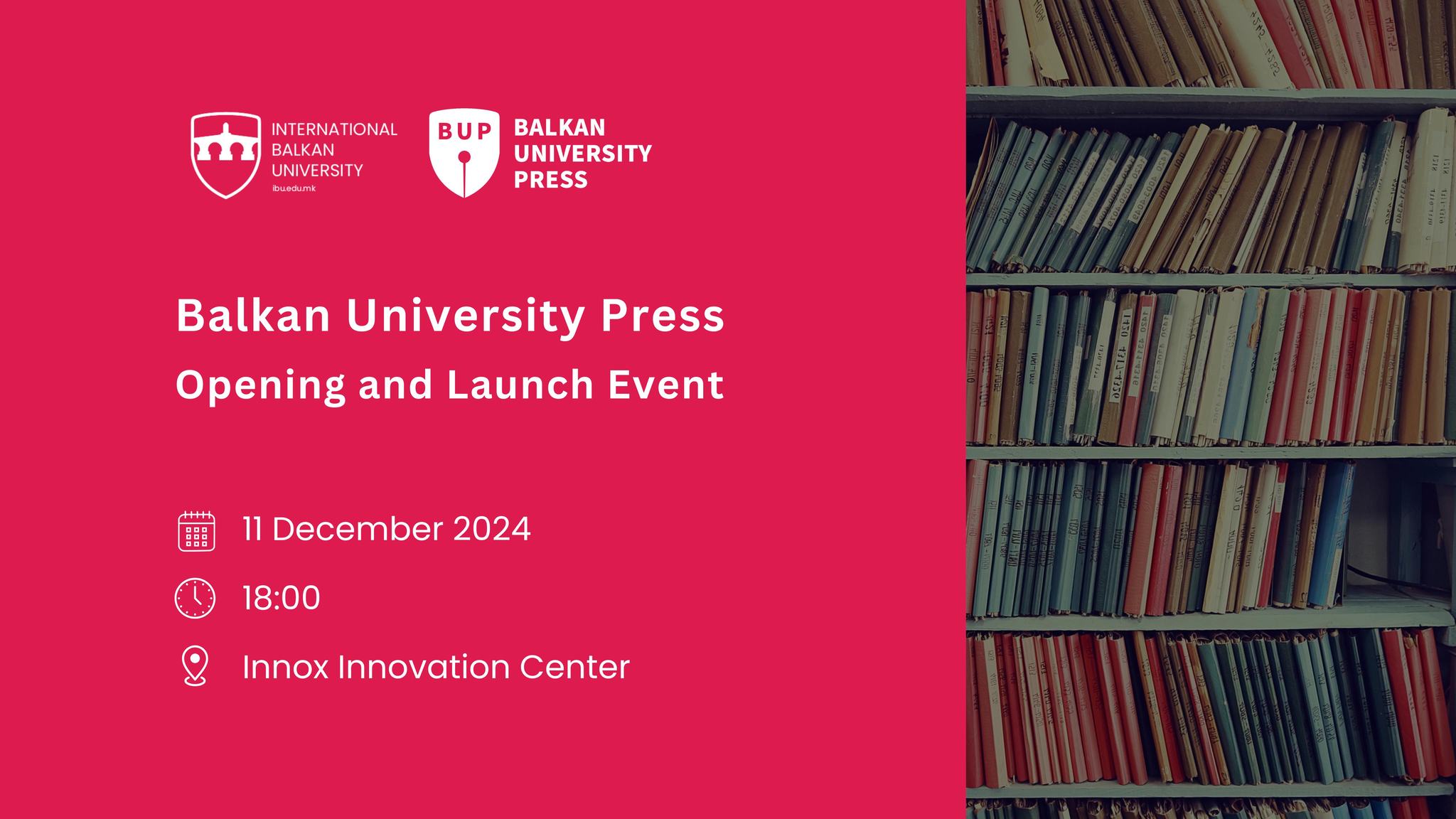
BUP Launch Event
Date: 10.12.2024 -
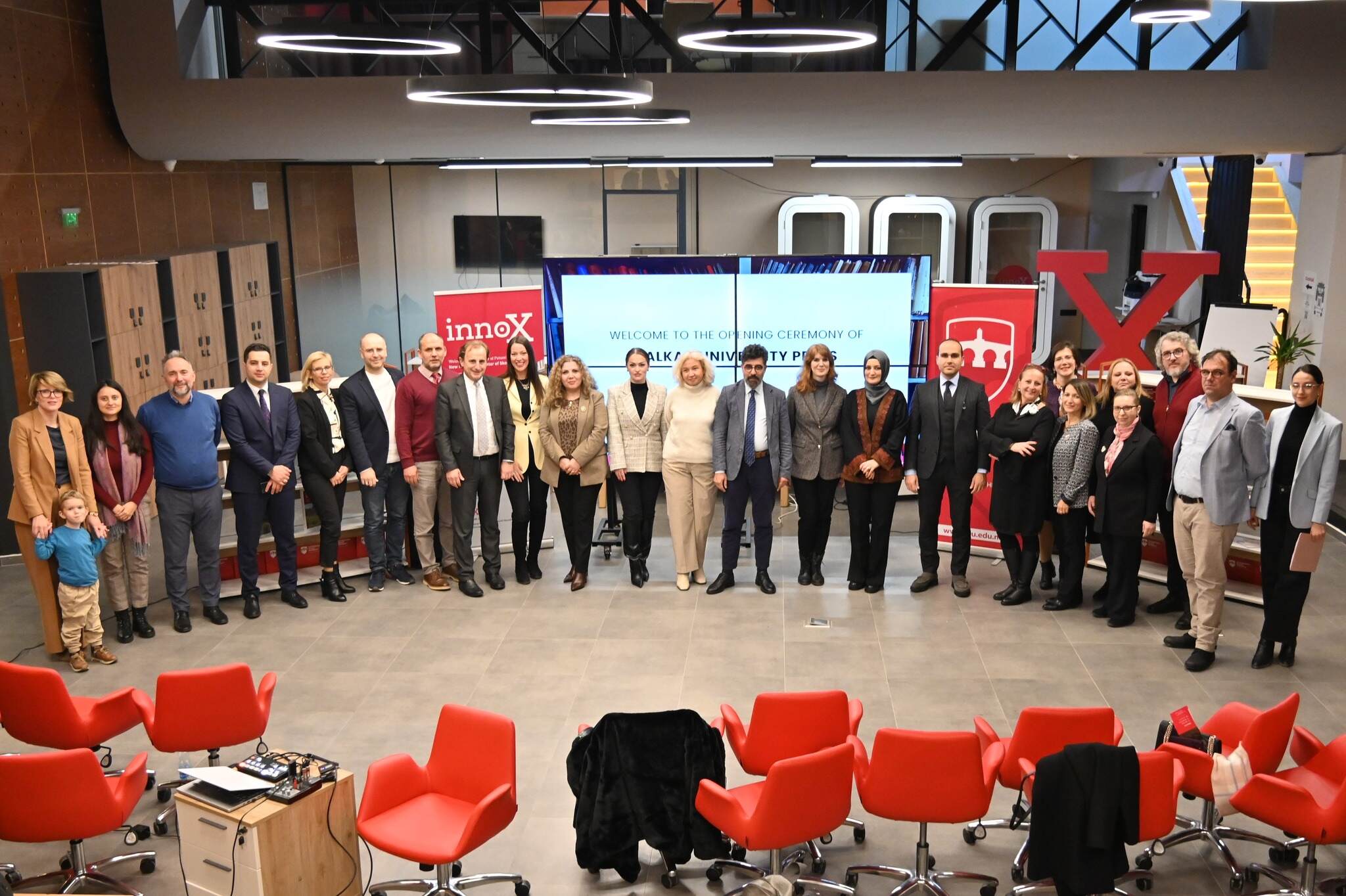
Grand Launch of Balkan University Press
Date: 12.12.2024 -

BALKAN UNIVERSITY PRESS
Date: 09.01.2025 -

Publication of a book
Date: 30.12.2024 -
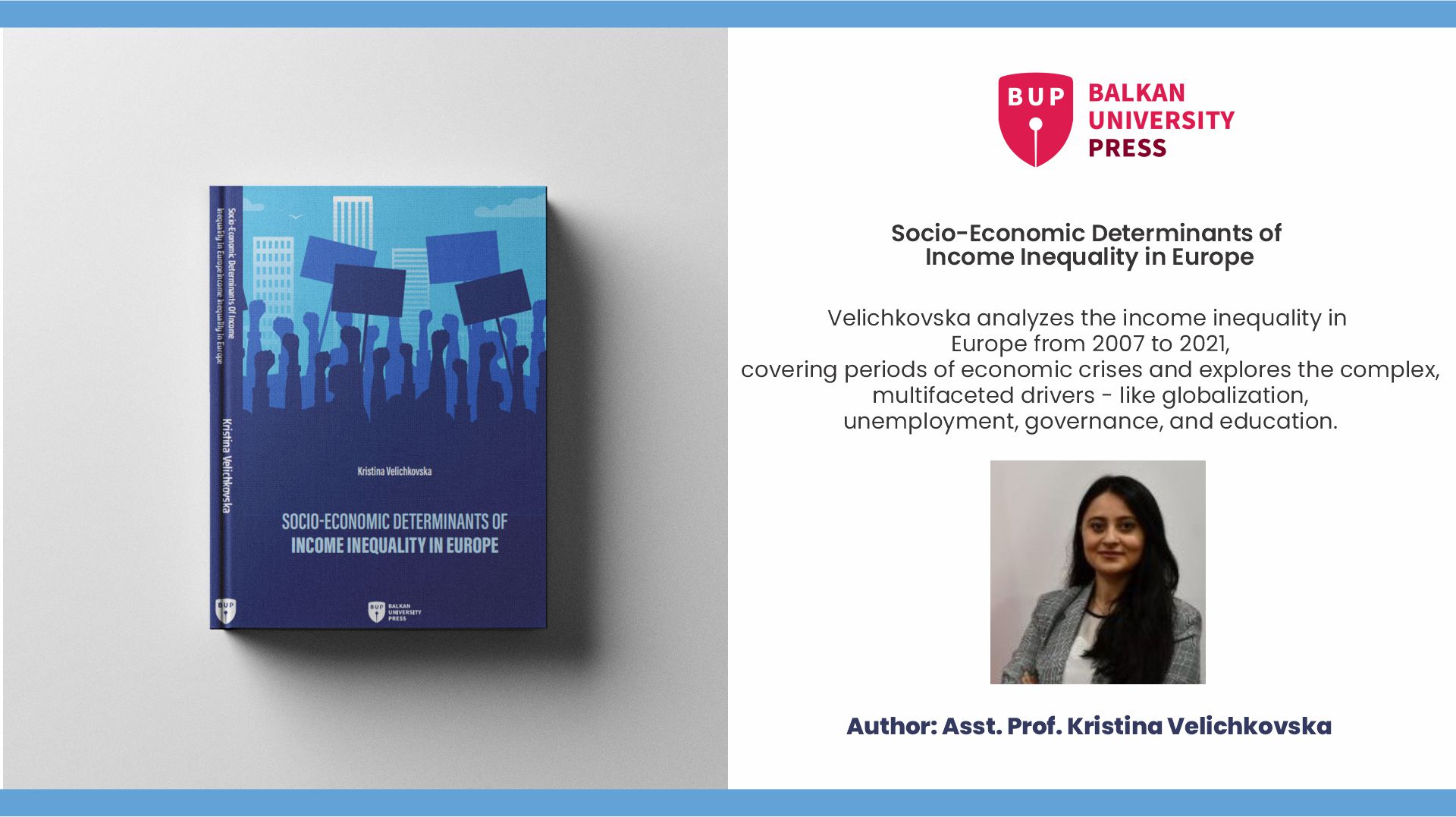
Publication of a book
Date: 24.12.2024 -
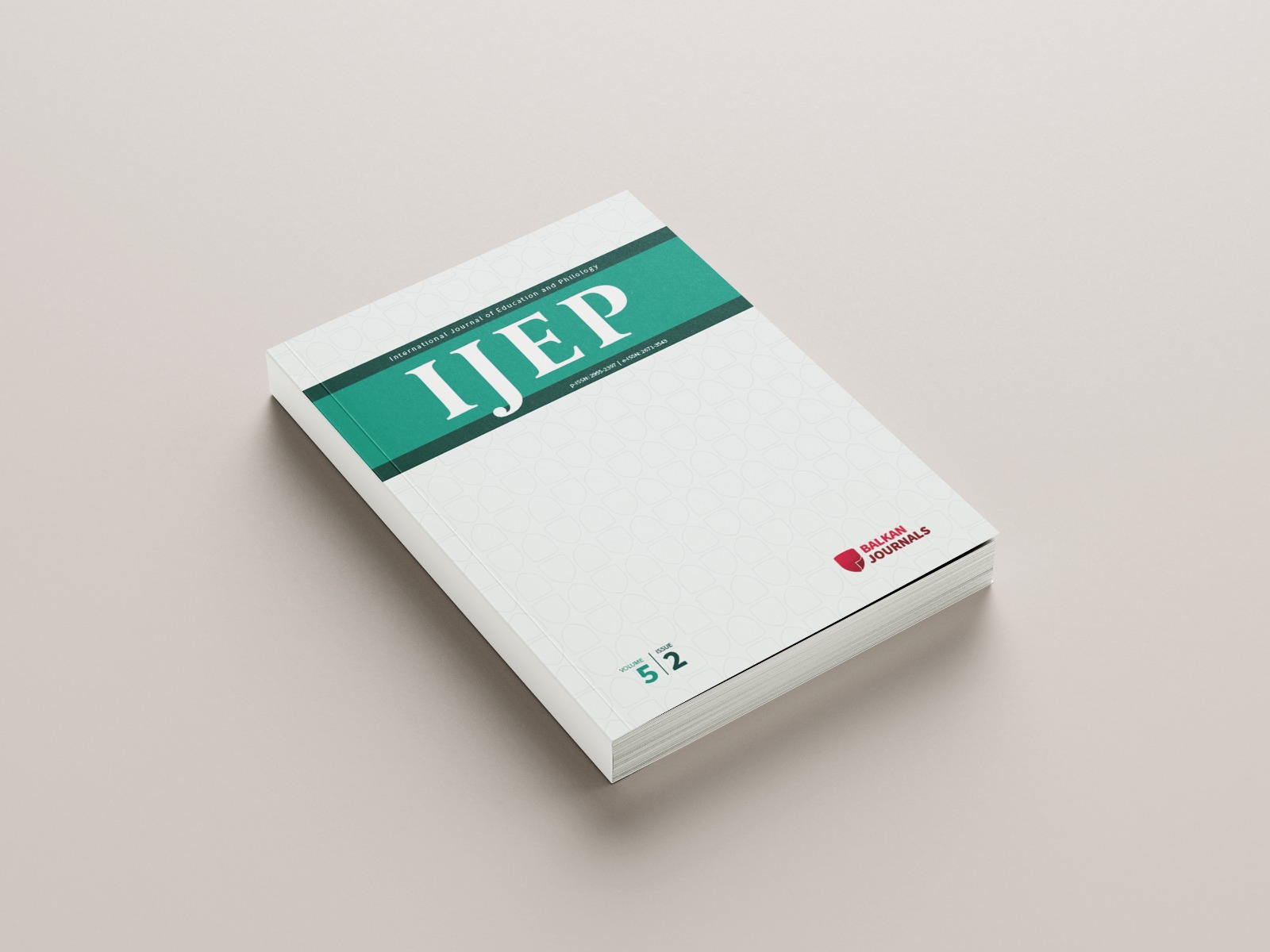
The December Issue of IJEP is published
Date: 31.12.2024 -

The December Issue of TEFMJ is published
Date: 16.01.2025 -
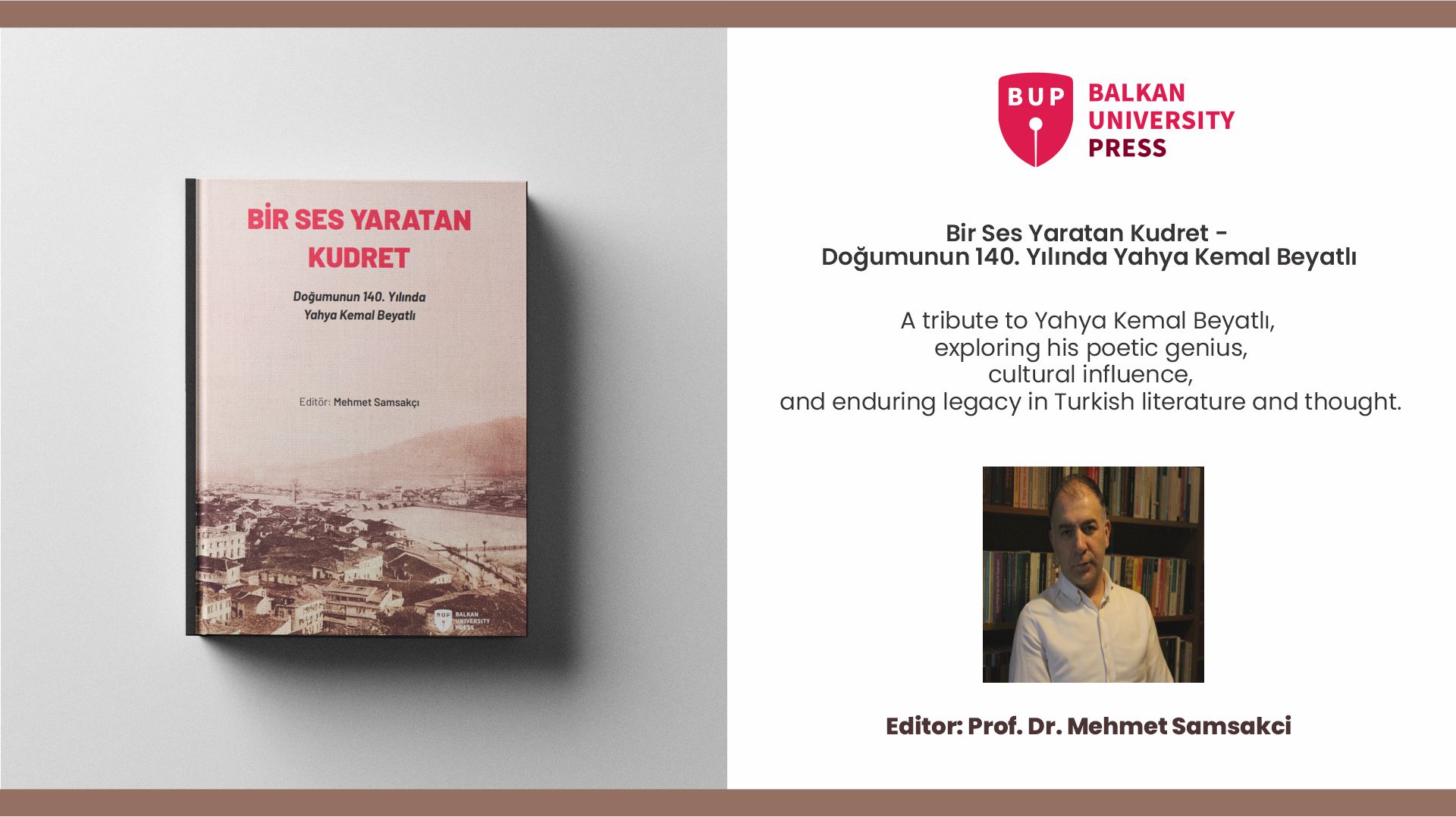
-
BUP Interview with Asst. Prof. Kristina Velichkovska
Date: 29.01.2025 -
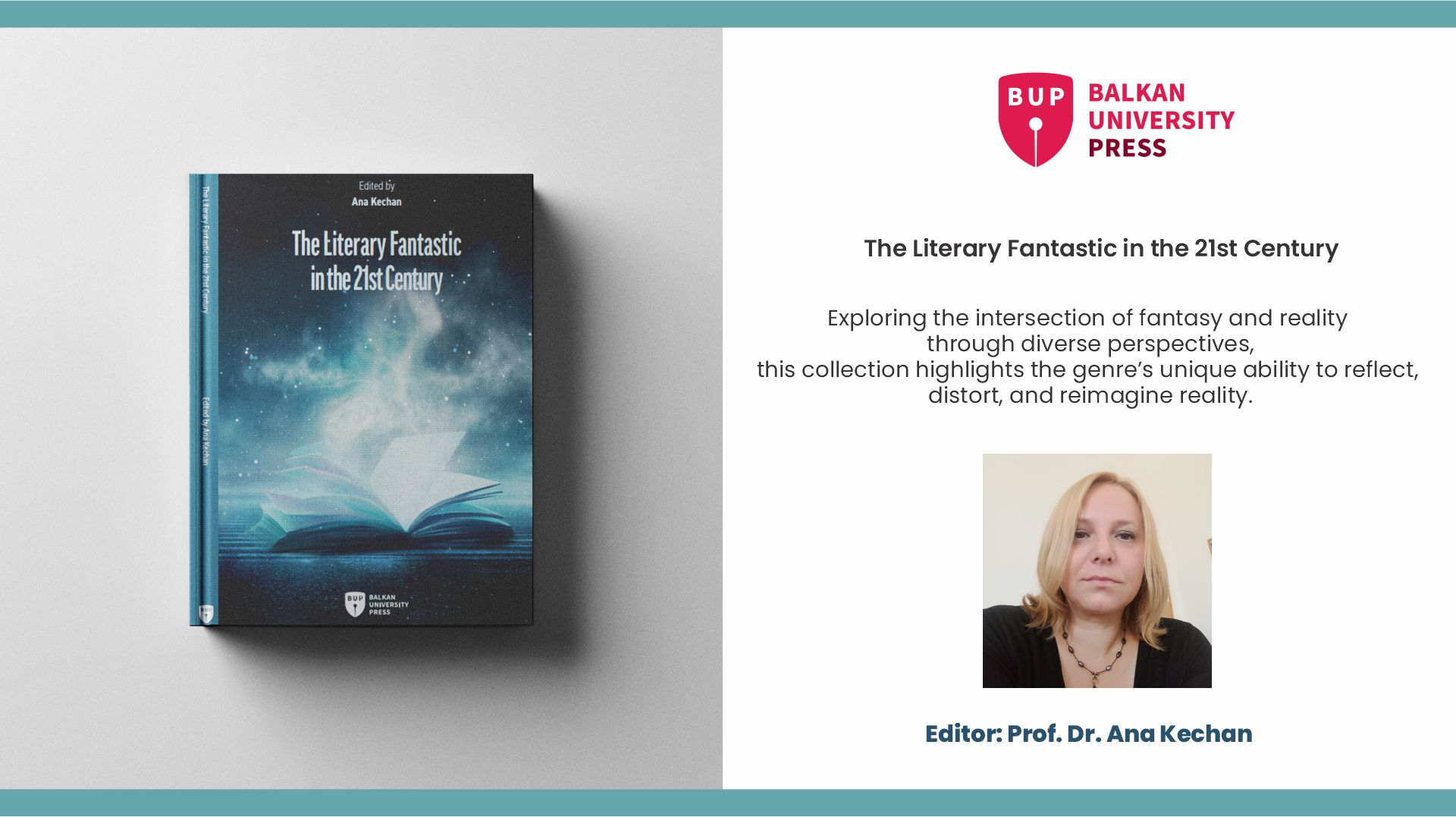
-
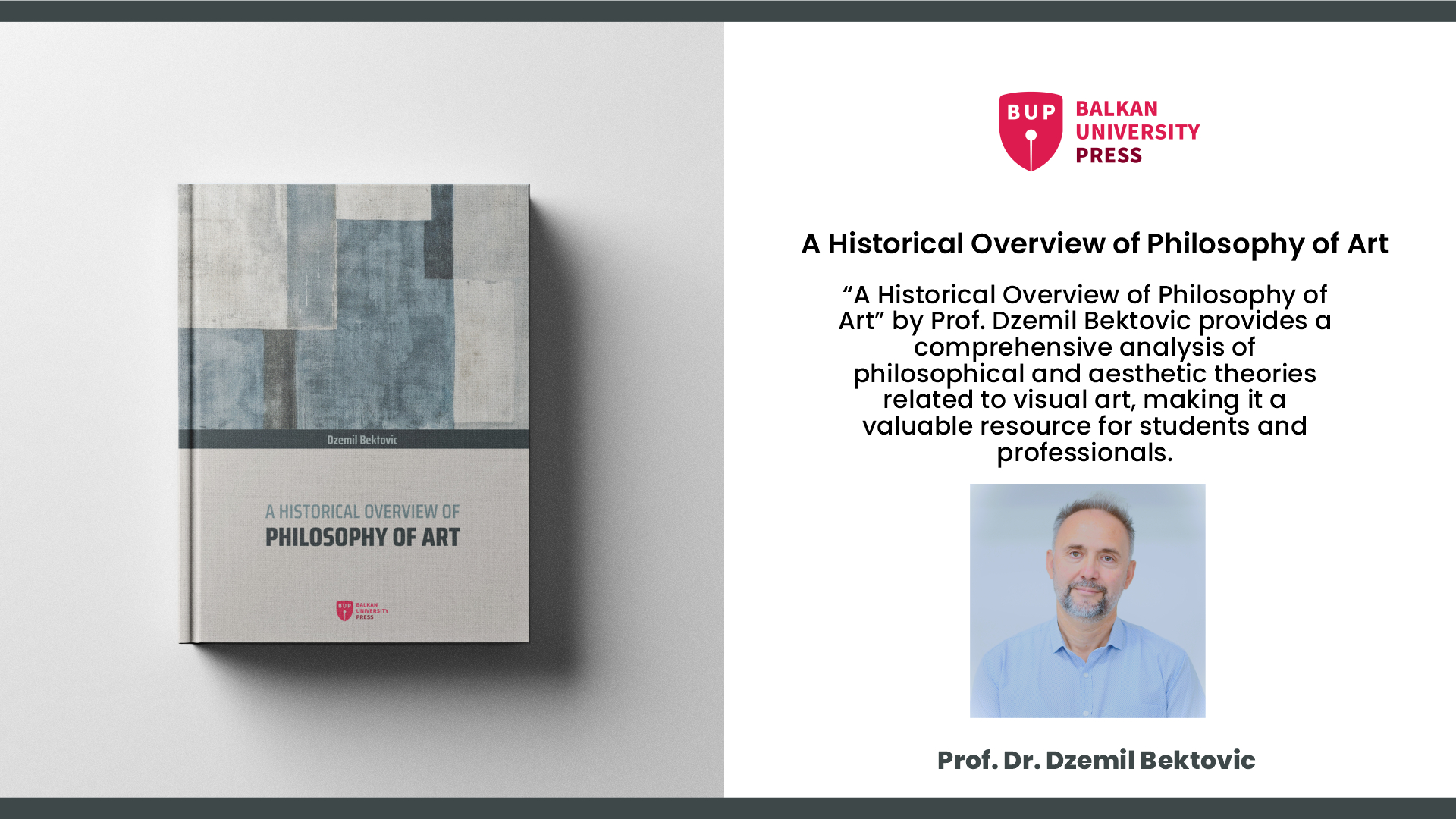
-
BUP Interview with Kefajet Edip
Date: 18.02.2025 -
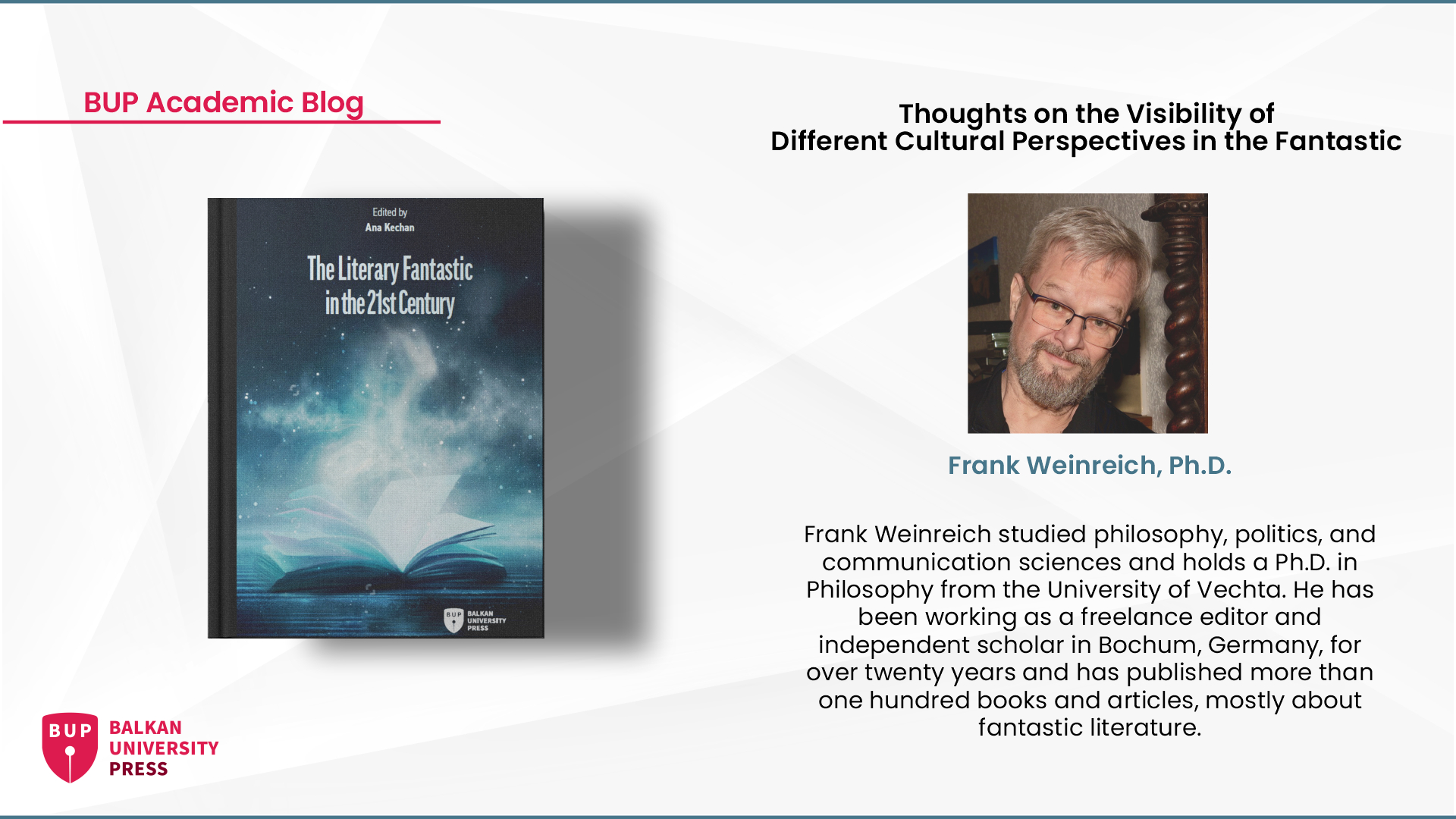
BUP Academic Blog by Frank Weinreich
Date: 20.02.2025 -
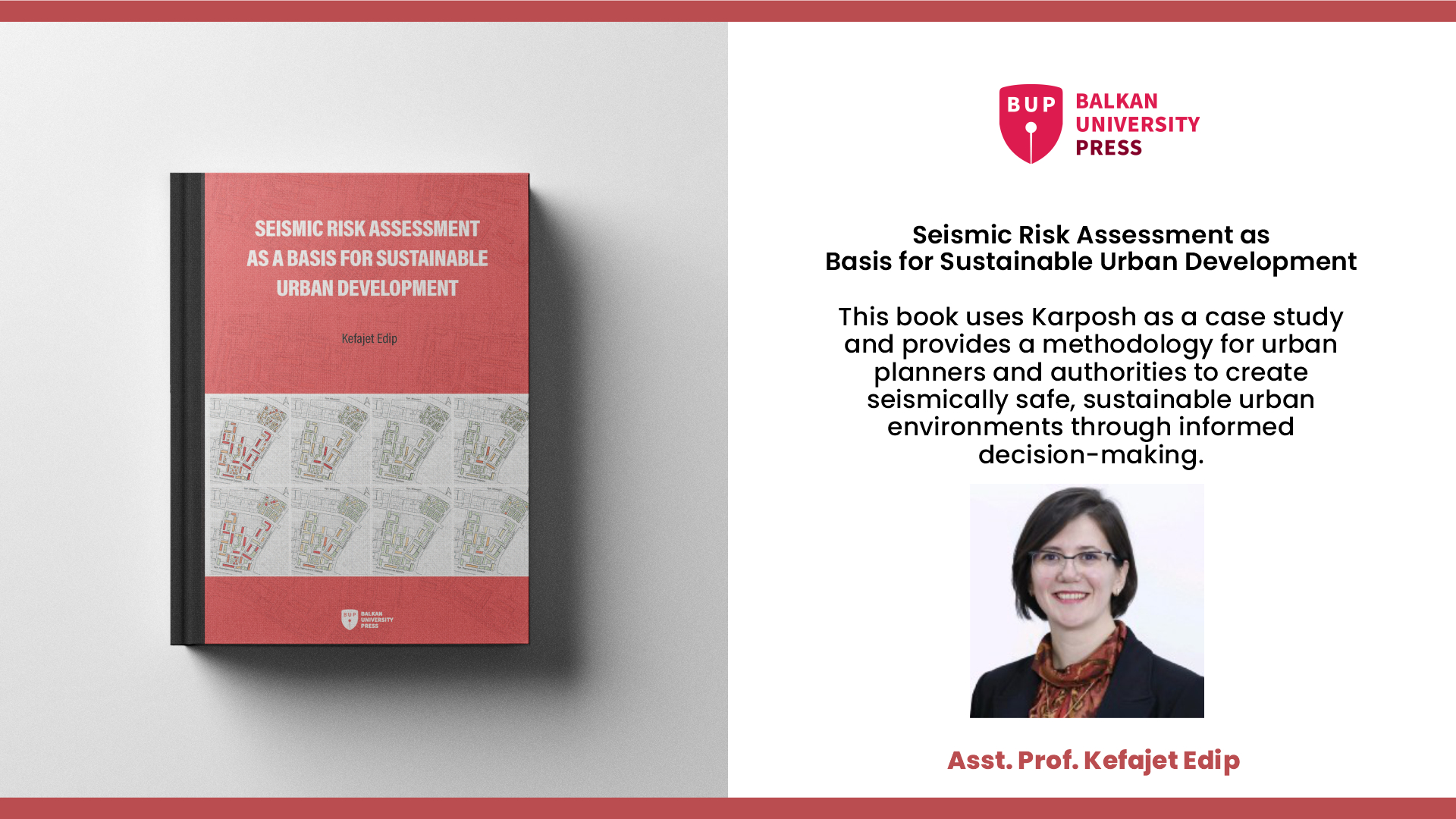
-

-

BUP Interview with Prof. Dr. Ana Kechan
Date: 30.04.2025 -
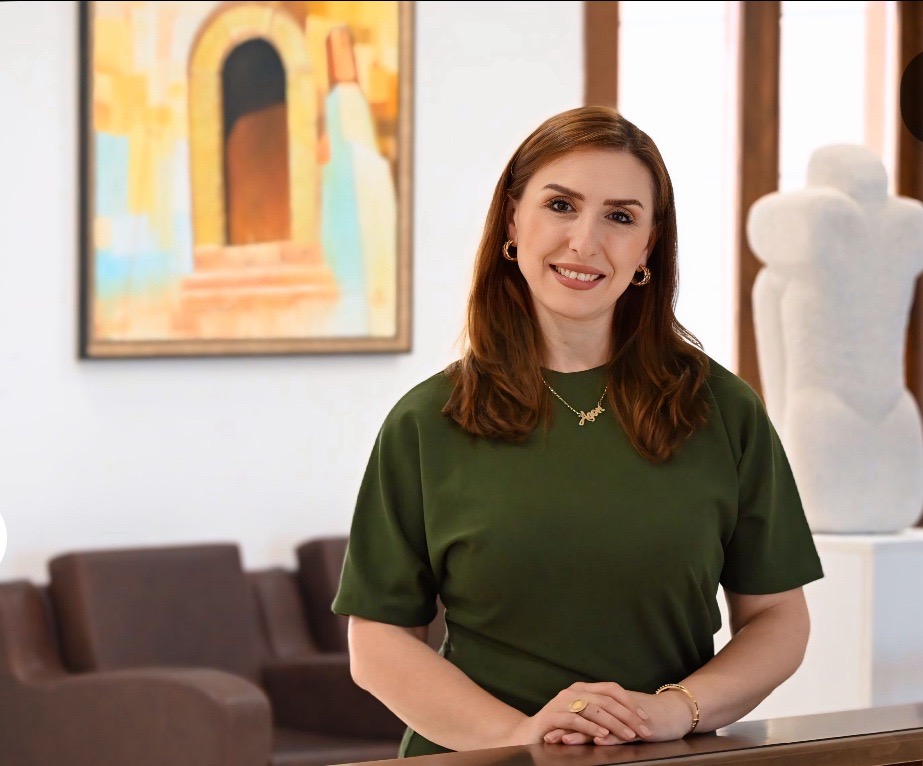
BUP Interview With Assoc. Prof. Igballe Miftari-Fetishi
Date: 03.09.2025 -
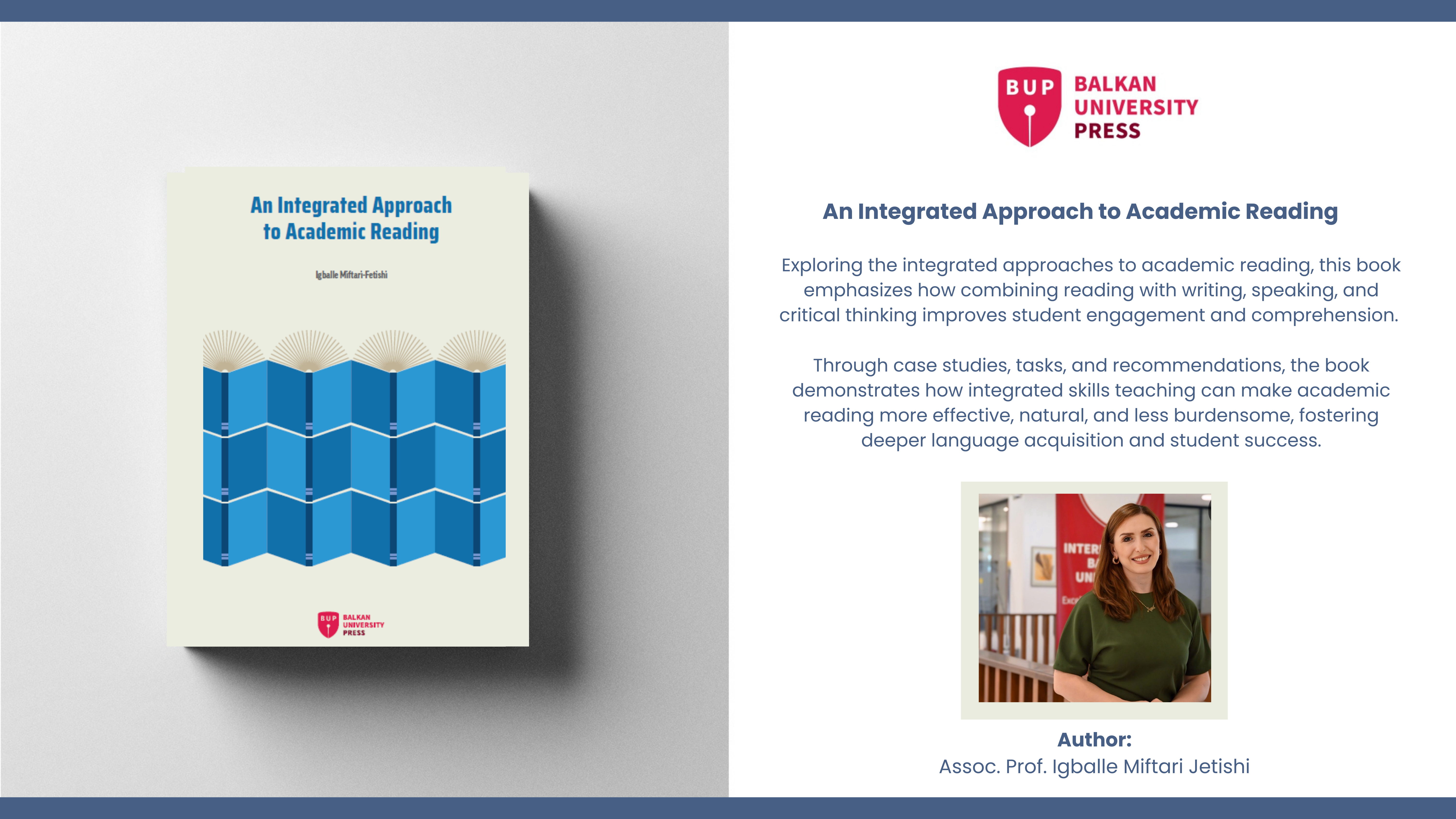
Publication of the book "An Integrated Approach to Academic Reading"
Date: 09.09.2025 -
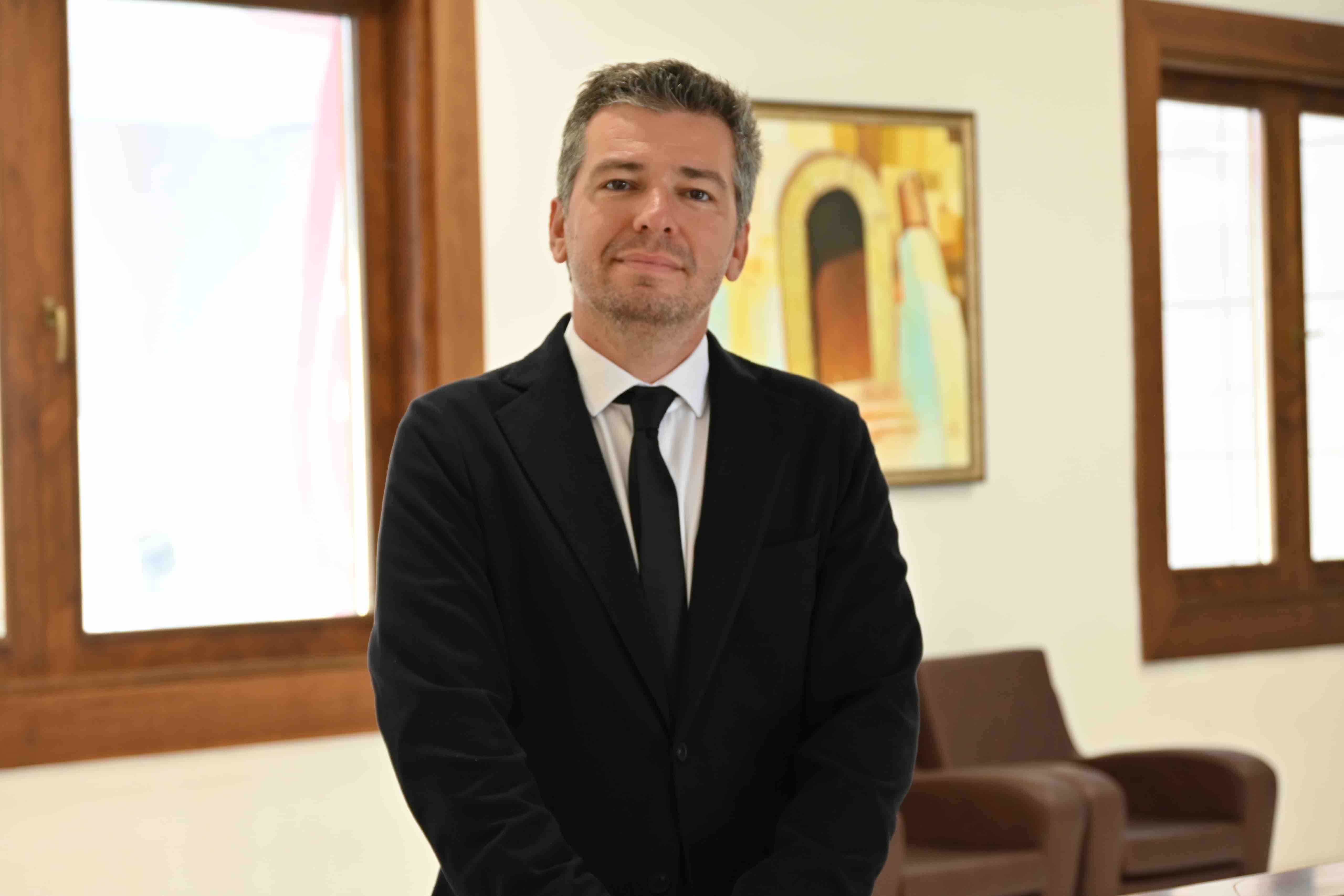
BUP Interview with Nikola Dacev
Date: 15.09.2025 -

Publication of the book "Civil Law"
Date: 17.09.2025 -
BUP Interview with Ekaterina Namicheva Todorovska
Date: 22.09.2025 -
.png)
-
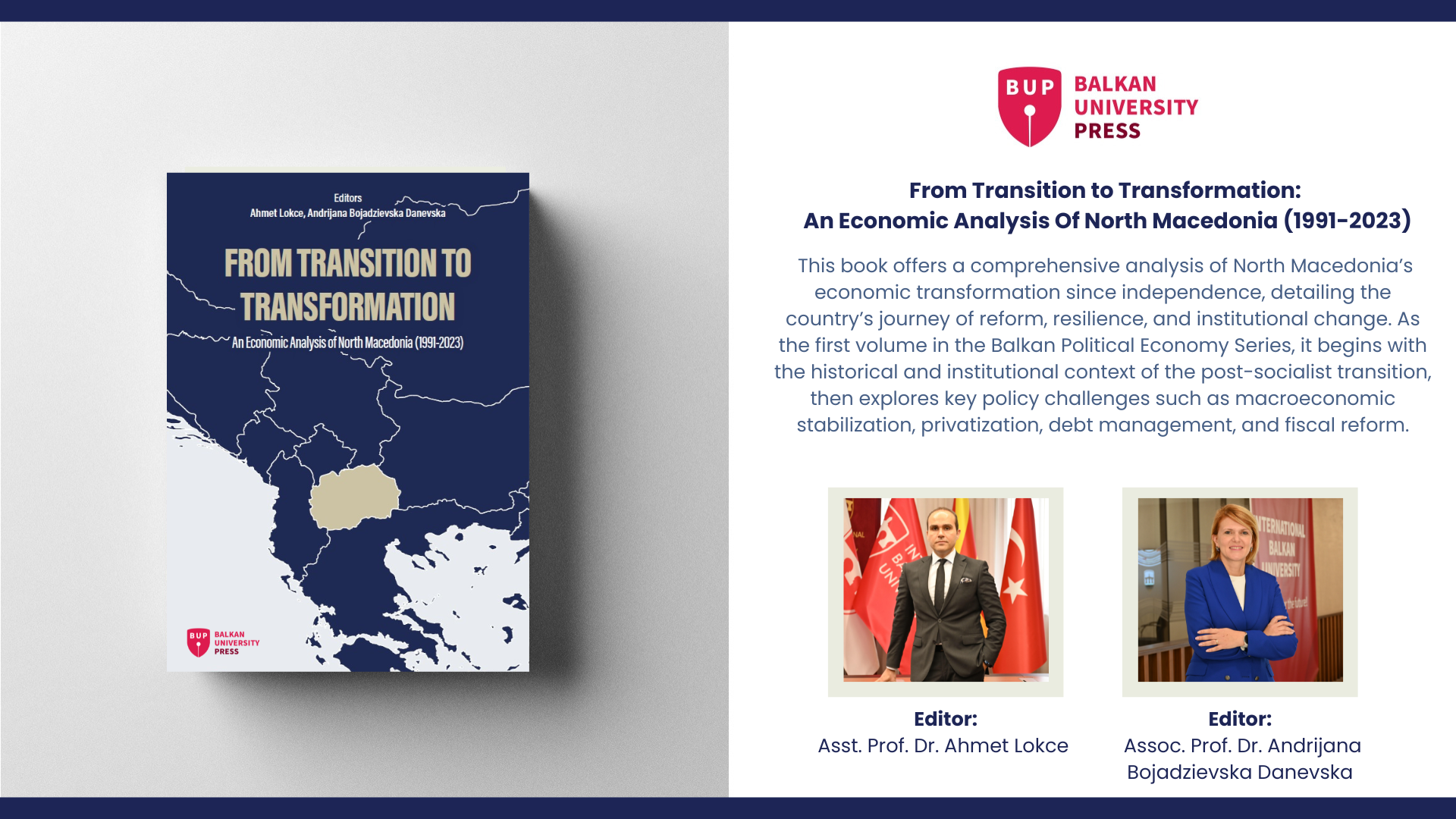
The first book of the Balkan Political Economy Series is published
Date: 07.10.2025 -

OPEN CALL for Book Chapters
Date: 08.10.2025 -

-
.png)
-

BUP Interview with Sumea Ramadani
Date: 24.10.2025 -
.png)
Publication of the book "Two Worlds of Healing" by Sumea Ramadani
Date: 05.11.2025
